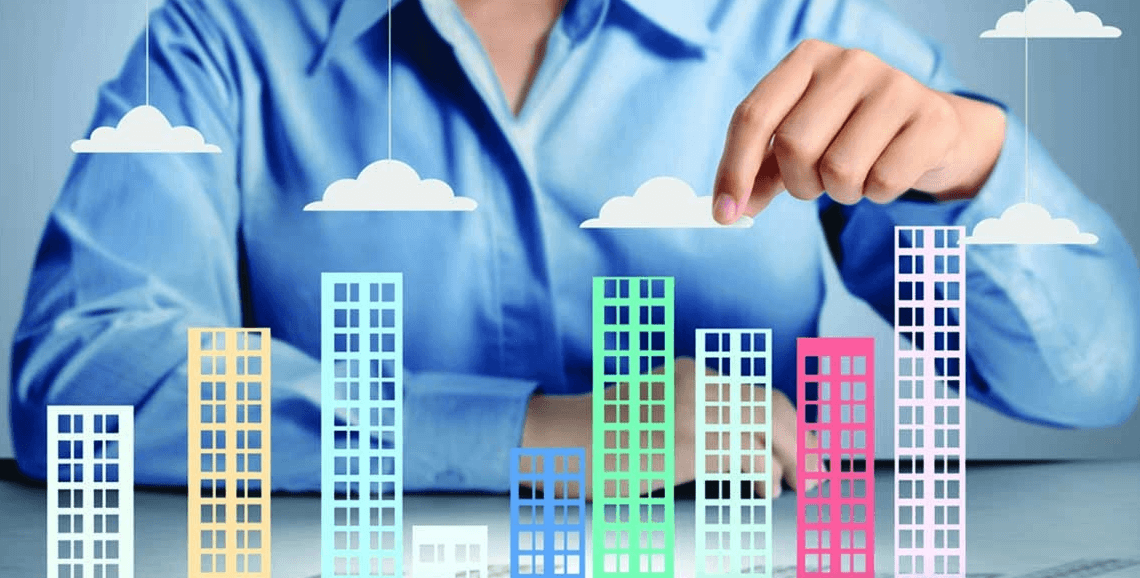Introduction
Social developers are transforming the real estate landscape by focusing on human interaction as the foundation of their projects. Their mission goes beyond constructing homes or commercial spaces—they design communities where relationships, collaboration, and shared experiences take center stage. By weaving social dynamics into architecture and amenities, social developers create neighborhoods that encourage meaningful connections and foster a true sense of belonging.
The vision of social development is grounded in the belief that people flourish in environments where interaction is natural and effortless. Developers plan communities with open plazas, shared gardens, co-working hubs, and multipurpose halls that invite neighbors to come together. These spaces act as catalysts for conversation, collaboration, and celebration, ensuring that residents feel part of something larger than themselves.
Design plays a crucial role in enhancing social engagement. Social developers prioritize walkability, pedestrian-friendly streets, and vibrant communal areas that encourage chance encounters. By integrating cafés, play zones, and wellness centers within neighborhoods, they create lively, accessible hubs where people of all ages can gather and interact daily.
Programming is another hallmark of social developments. Developers often organize cultural events, wellness workshops, sports activities, and community celebrations that bring residents closer together. These initiatives not only enrich lifestyles but also strengthen neighborhood identity and pride.
Inclusivity lies at the heart of social-focused projects. Developers aim to create environments that welcome people from diverse backgrounds, offering affordable housing options alongside premium residences to ensure balanced, thriving communities. This diversity strengthens social fabric and fosters harmony within neighborhoods.
Technology further supports the vision of social developers. Digital platforms, community apps, and smart systems allow residents to connect, share resources, and stay informed about local events. These tools enhance communication while complementing the real-world interactions that are central to community living.
From an investment perspective, socially driven developments have strong long-term value. Communities that emphasize interaction and belonging tend to be more resilient, attracting buyers and renters who want more than just housing—they want relationships and a vibrant social life. This makes social developments not only appealing but also sustainable in the long run.
Conclusion
Social developers are redefining what it means to build communities by prioritizing people, relationships, and shared experiences. By creating spaces and opportunities for interaction, they transform neighborhoods into supportive, dynamic, and thriving ecosystems. As society increasingly values connection and community spirit, social developers will remain at the forefront of shaping places where people can truly feel at home.




